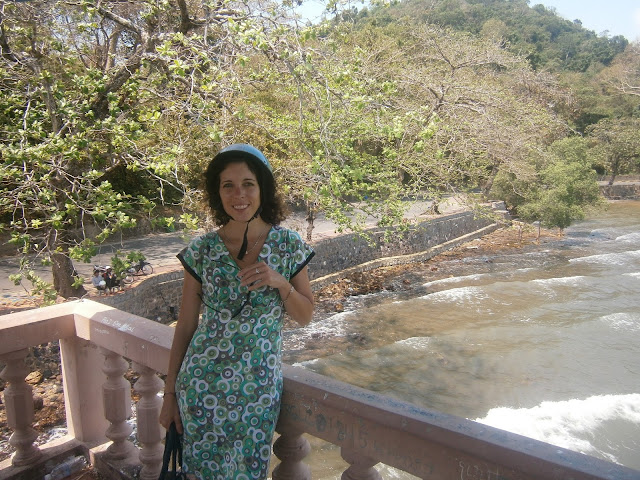It's been almost a month and half since I left Cambodia and nearly three weeks since I Have been back in Dublin. Coming back home has been great in some ways -lovely to see you again, toilet roll!- and very difficult in others. Needless to say, it is not easy to go back to the bad weather, the monotonous nine-to-five in front of the computer, and the hectic pace of Western life. Cliché as it may sound, we might have gained in comfort, but have lost in many other aspects.
In general, my experience has been very positive. Although I would have needed six months or even a whole year to fully disconnect from my long-time acquired routines and, more specially, to see any obvious impact from the work I've done. Who knows; maybe I'll do so in the future.

Some people decide to embark on similar adventures in the hope to find themselves -what I call a "revelation trip". They expect to wake up in the morning one day knowing exactly which way to go, giving their lives a U-turn. I think this is a bit naive, and I was aware from the very start that that was not going to be my case, the same way I knew that there was no point in going to the NGO with a grand plan: I just wanted to lend a hand and share experiences. Of course I have learnt new things. But overall this experience has served me to remember things that I already knew but that I had forgotten for one reason or another -forgotten at times, sometimes deliberately relegated to the back of my head to make room for "more important stuff". General things, like the fact that it is the people and not the place that really makes a difference. Or that other people don't want or even need to be taught how to be more like us. Or that there's no time like the present and so we should not waste a single moment, but at the same time we need to be patient and persevere for the future to bring us what we want. Or that it's not only about our own will; chance plays a big part too -actually, since the day we are born. And, of course, there are many things that I've "re-learnt" about myself, some of them too personal to tell here.


I do have the satisfaction to know that I have made some really good friends. And if something that I've said or done has helped to inspire anyone in any way -that's the best reward I could ever have.
Now, back in Ithaca (wait; is this Ithaca at all?), every day I make a conscious effort to live the way of the Gatiloke. Even more than before, without losing perspective. Because sometimes it is really hard to tell apart what is important from what only makes... well, a lot of noise.






















































